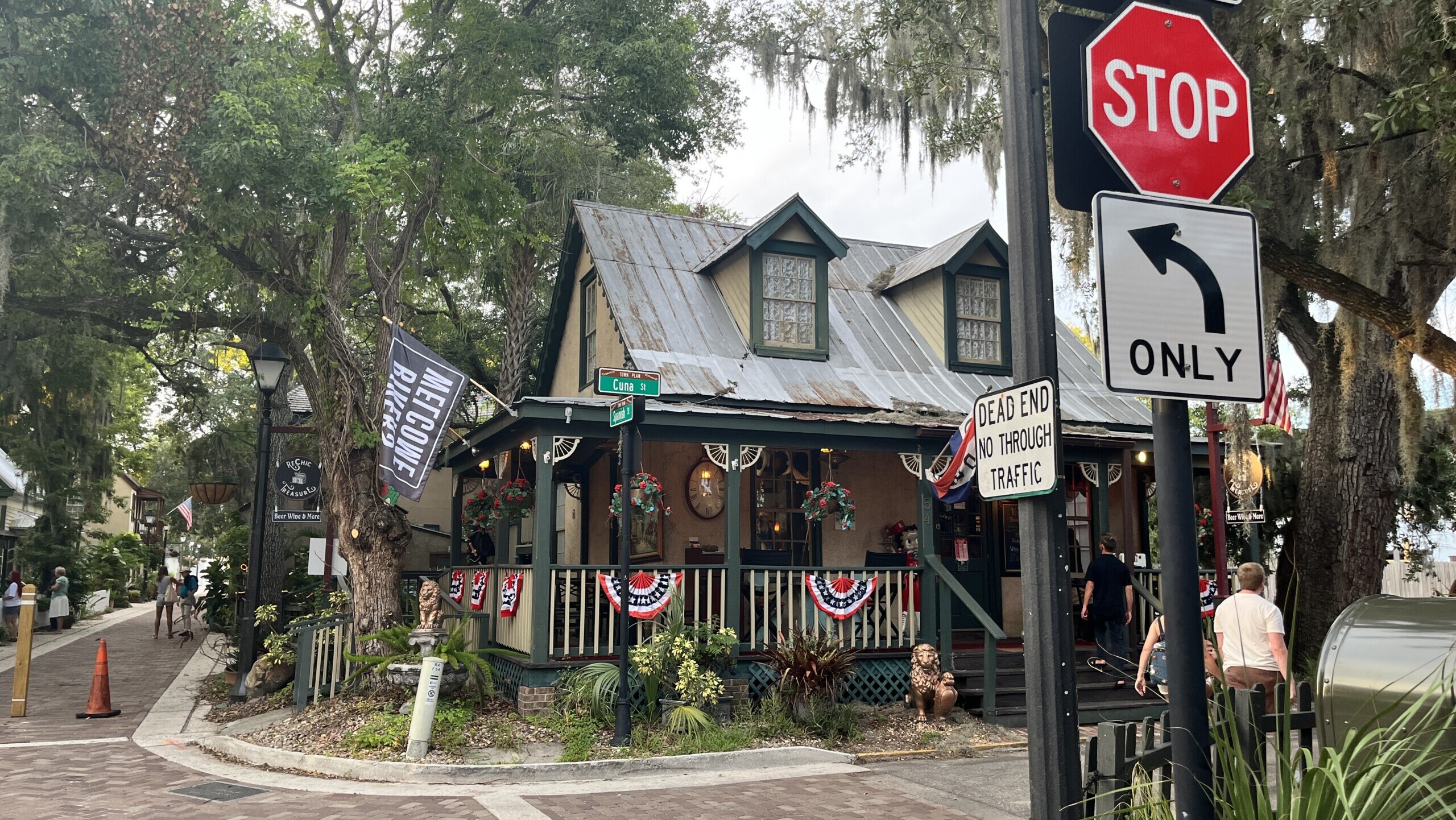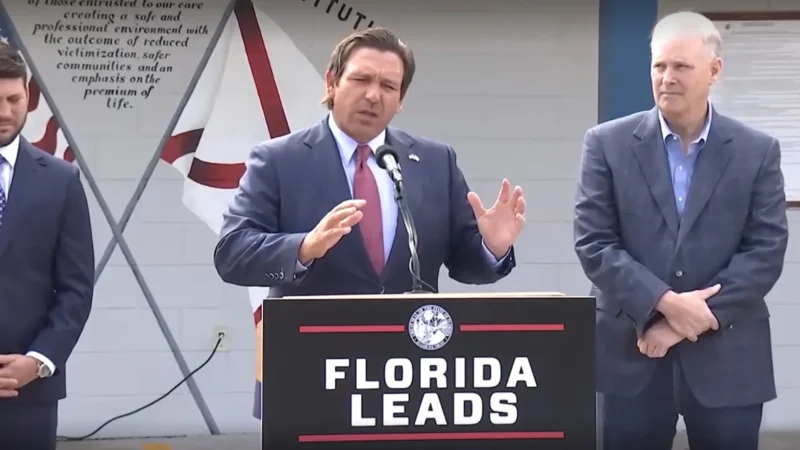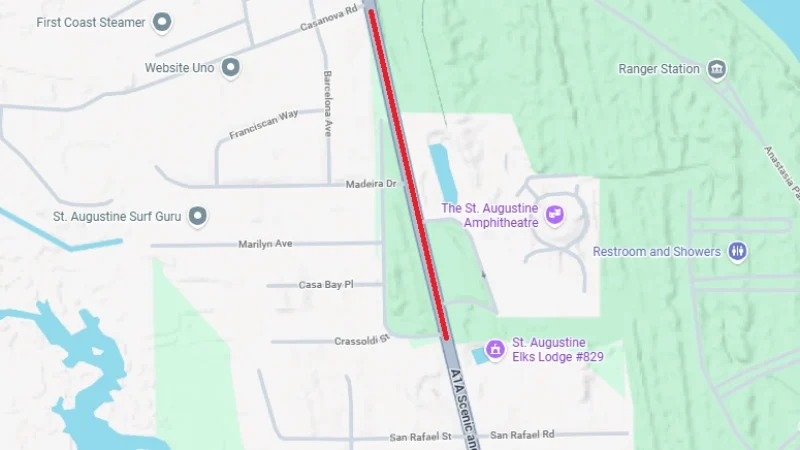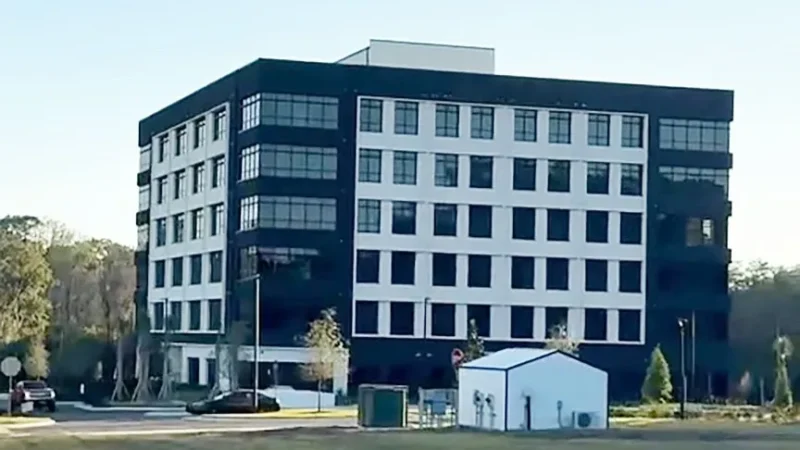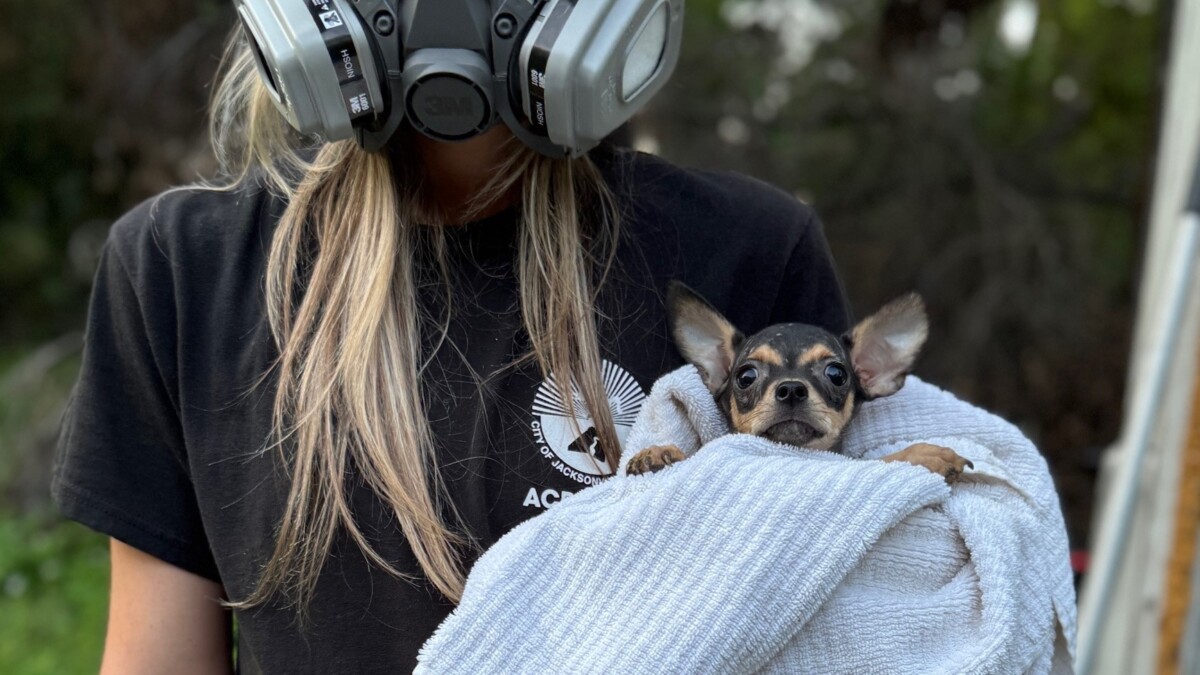In an effort to make St. Augustine more walkable, the City Commission on Monday approved a measure that will permanently implement a new traffic pattern tested earlier this year.
The changes are on Spanish Street, where a several-block chunk from Cuna Street to Orange Street are now closed to vehicle access except for a loading zone on the street. Enacting the change came along with the city deciding to turn a dirt parking lot into a new paved street.
The change to the traffic pattern was met with polarizing reactions from members of the public. Residents who live in or near downtown applauded the city for creating a new area where they feel safe to walk and bike. On the other hand, local property owner Virginia Whetstone, and the owner of the RE/MAX real estate office that operates out of the building she owns at 26 Spanish Street, argue that the city’s move is anti-business.
“The closure of this street, to date, has dead-ended my building and its upward rental viability,” Whetstone told the City Commission.
Even though members of the City Commission and the public expressed sympathy for Whetstone’s frustration, a consensus arose: Foot traffic is more important for small businesses than rubbernecking drivers.
In the long run, Planning and Zoning Board Member Charles Pappas told the City Commission that the change will be better for the city.
He never used to walk the street, he said, but he believes pedestrians like him will facilitate more business opportunities on the street than the real estate office and single cafe there now.
“It will bring new business opportunities like cafes or retail who pay much more per square foot than office space does,” Pappas said. “Very rarely do we have a situation which greatly improve(s) the quality of life of residents and create(s) new business opportunities.”
The new street, which is already partly paved, will be named Rosario Lane. That name, selected by the City Commission this month, pays homage to the Rosario Line, a coquina defensive wall that surrounded the historic city in the mid-18th century. A reconstruction of part of the wall currently stands at the edge of the parking lot bordering the future street.


